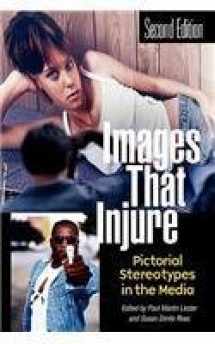
Images that Injure: Pictorial Stereotypes in the Media
Book details
Summary
Description
Images That Injure provides an examination of a particular set of pictures that do harm to others,and in turn to all of us. These images―media-promulgated stereotypes of various and diverse groups of people―cause harm in both direct and indirect ways by presenting oversimplified, mostly negative, and often deceptive depictions. In this collection of new and revised essays, noted scholars explore the ways in which these images are created, viewed, and ultimately ingrained into the American culture, examining newspapers, books, films, advertisements, commercials,television shows, magazines, and the Internet. Groups as diverse as African-Americans, women, the elderly, the physically disabled, gays and lesbians, and Jewish Americans are considered here; also included is a special section on post-9/11 stereotyping in the media.
The specific examples presented in these pages provide a wealth of material for students and professionals in journalism, advertising, public relations, ethics, gender studies, and a great many other fields. The authors give thoughtful and creative conclusions concerning alternative representations―arguing that, contrary to what we might believe, media stereotyping is hardly a necessary byproduct of mass culture. Finally, these discussions illuminate how each of these media and each of us individually and collectively participate in a sea of meaning that is simultaneously personal and social, unique and shared, linked and independent.


We would LOVE it if you could help us and other readers by reviewing the book
Book review



